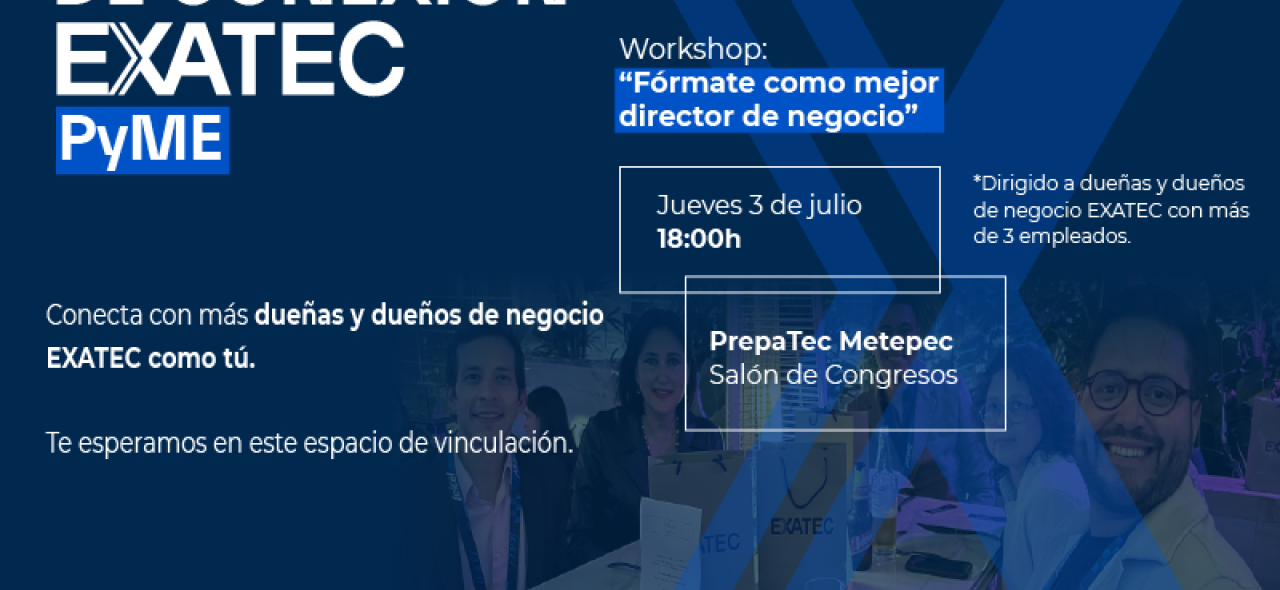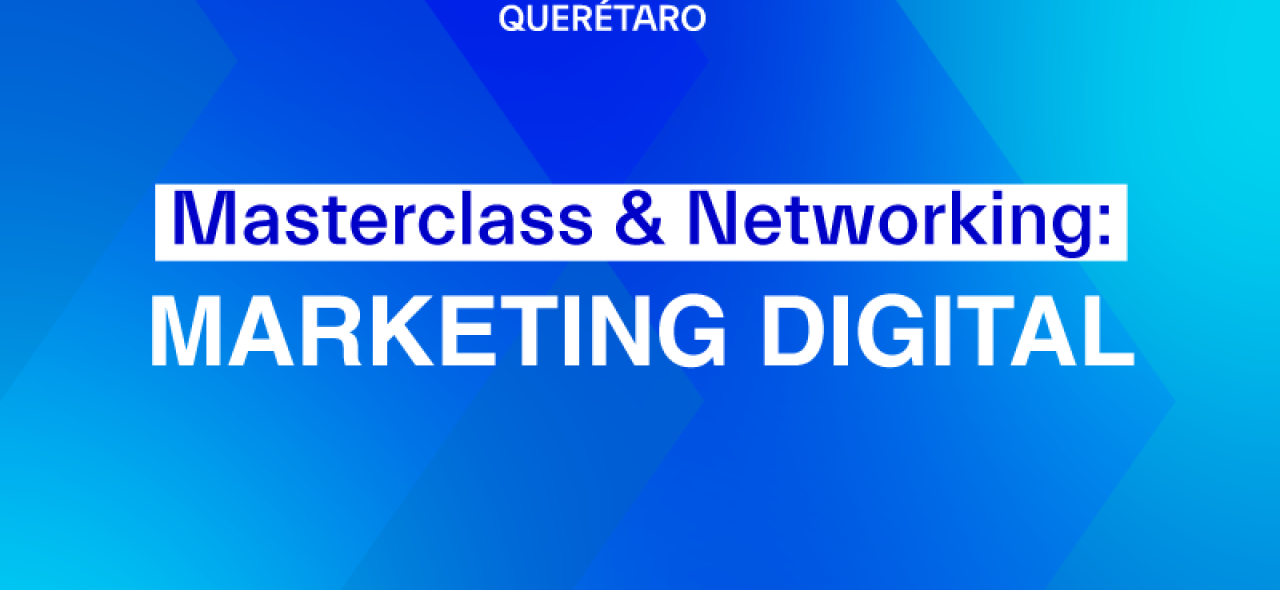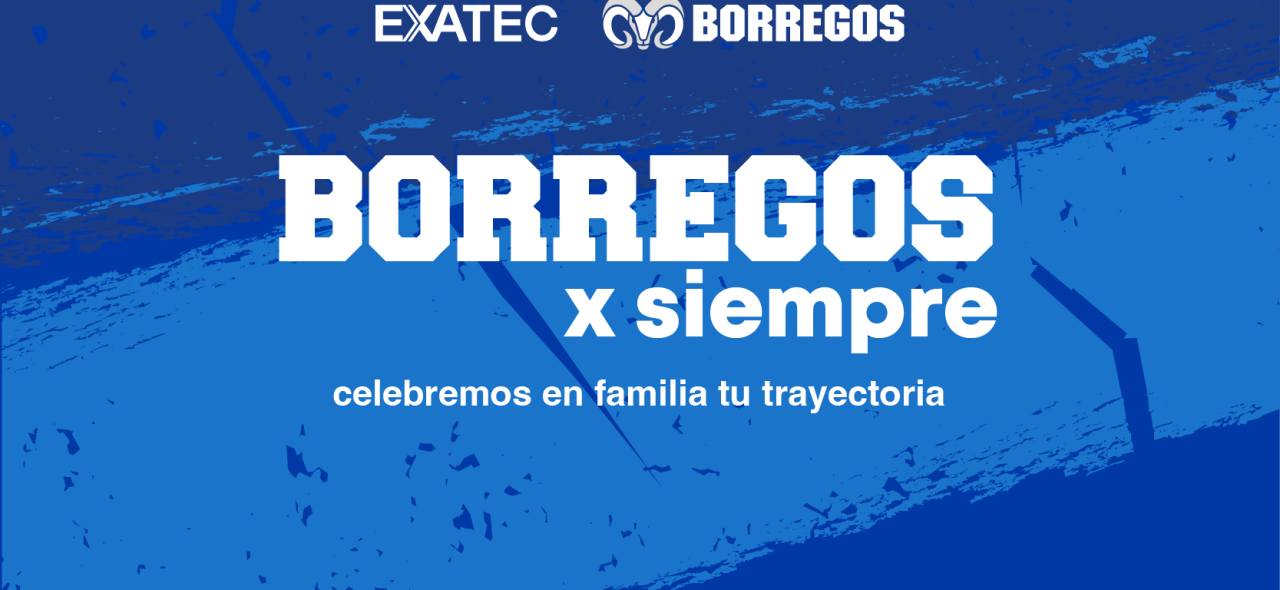• Cruz-Duarte, J. M., Amaya, I., Ortiz-Bayliss, J. C., Conant-Pablos, S. E., Terashima-Marín, H., & Shi, Y. Hyper-heuristics to customise metaheuristics for continuous optimisation. Swarm and Evolutionary Computation, 66. 2021.
• Diaz-Ramos, R.E.; Gomez-Cravioto, D.A.; Trejo, L.A.; Figueroa López, C.; Medina-Pérez, M.A. Towards a Resilience to Stress Index Based on Physiological Response: A Machine Learning Approach. Sensors, 21, 8293. Special Issue: Sensors and Digital Solutions for Human Health and Health Risk Monitoring. 2021.
• Hinojosa, S., Oliva, D., Cuevas, E. et al. Reducing overlapped pixels: a multi-objective color thresholding approach. Soft Comput 24, 6787–6807 (2020).
• Pérez-Torres, R., Torres-Huitzil, C. and Galeana-Zapién, H.: An On-Device Cognitive Dynamic Systems Inspired Sensing Framework for the IoT. IEEE Commun. Mag. 56(9): 154-161. 2018
• Ortiz-Bayliss, J.-C., Amaya, I. and Cruz-Duarte, J.-M., Gutierrez-Rodriguez, A.-E., Conant Pablos, S.-E. and Terashima-Marin, H. A General Framework based on Machine Learning for Algorithm Selection in Constraint Satisfaction Problems. Applied Sciences, 11(6), pp. 1-16. 2021.
• Martínez-Díaz, Y., Nicolás-Díaz, M., Méndez-Vázquez, H., Luevano, L. S., Chang, L., Gonzalez-Mendoza, M., Sucar, L. E. Benchmarking lightweight face architectures on specific face recognition scenarios. Artif Intell Rev 54, 6201–6244. 2021.
• Oliva, D., Hinojosa, S., Osuna-Enciso, V., Cuevas, E., Pérez-Cisneros, M., & Sanchez-Ante, G. Image segmentation by minimum cross entropy using evolutionary methods. Soft Computing, 23(2), 431-450. 2019.
• Falcón-Cardona, J.-G., Ishibuchi, H., Coello Coello, C.-A. and Michael Emmerich. Título del artículo: On the Effect of the Cooperation of Indicator-Based Multi-objective Evolutionary Algorithms. Revista: IEEE Transactions on Evolutionary Computation. 25(4): 681-695. 2021.
• Angeles-Ceron, J.-C., Ochoa-Ruiz, G., Chang, L. and Ali, S. Real-time Instance Segmentation of Surgical Instruments using Attention and Multi-scale Feature Fusion, Under review at Medical Image Analysis, 2021.
• J. Rodríguez, J.-I. Mata-Sánchez, R. Monroy, O. Loyola-González, A. López-Cuevas. A one-class classification approach for bot detection on Twitter. Computers and Security 91, April 2020, article 101715 © Elsevier, 2020 ** 2021 Rómulo Garza's best paper award **




